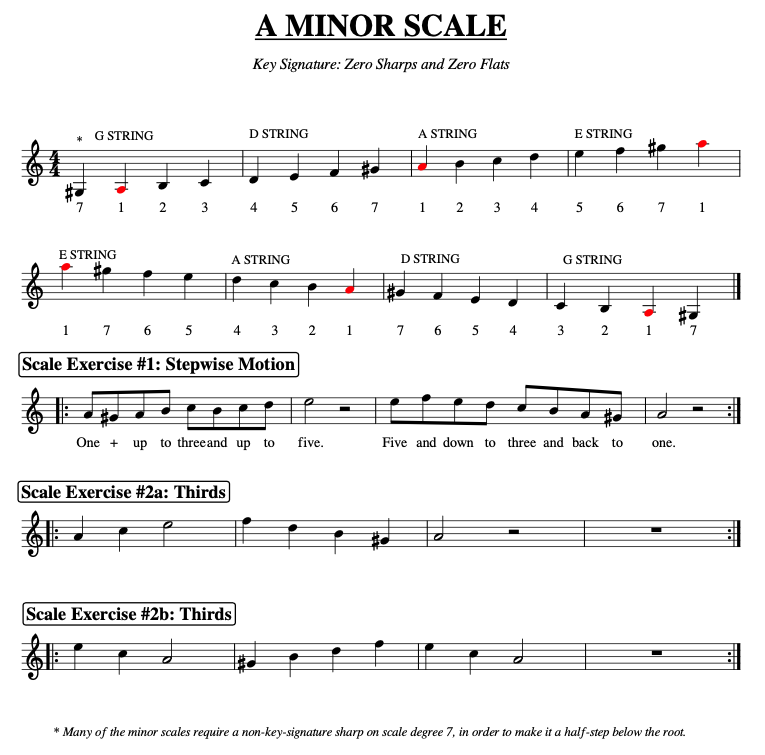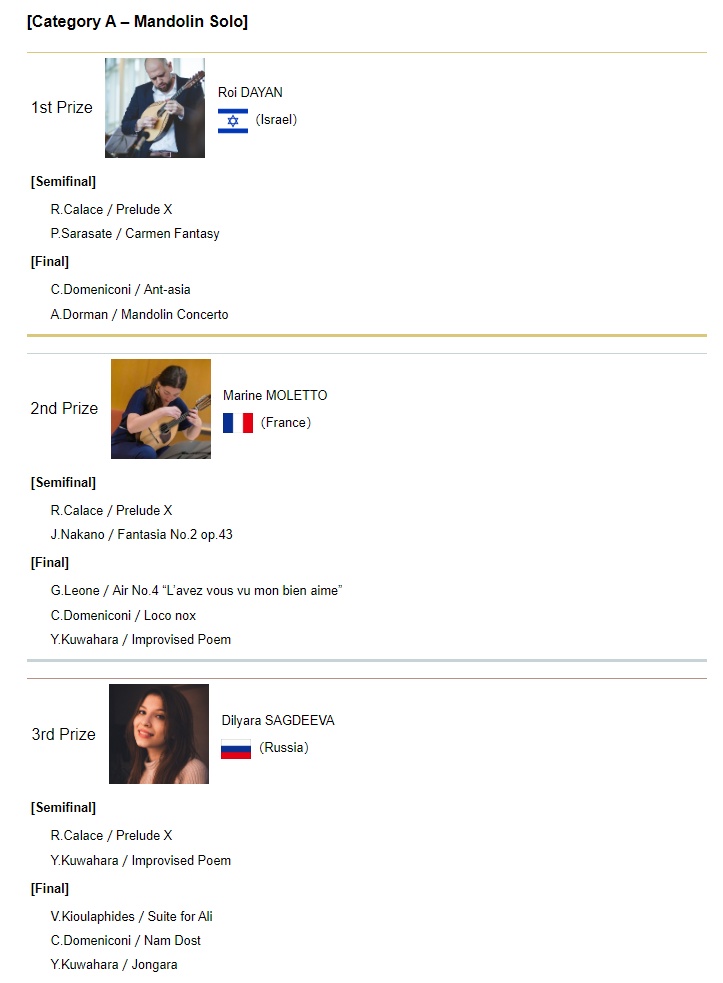- Intro to Music Theory
- Lesson 1: Naming The Musical Notes
- Lesson 2: Sharps, Flats, and Naturals
- Lesson 3: The Major Scale
- Lesson 4: Major Chords
- Lesson 5: Musical Intervals
- Lesson 6: The Minor Scale
From that day I had a short lesson with Madame Gaillard every Thursday at three. We began with a slim book bearing the title Les 7 Notes, and [ naming the musical notes ] was as arcane, and as deeply satisfying, as deciphering a runic system might be for an archaeologist.
~ Thad Carhart, The Piano Shop On The Left Bank
What is a musical note, and why are the notes named as they are? First, we have to consider sound – but we won’t get bogged down in technical details here. If you want to know more about the technicalities of sound, you can search the internet for more information. In these lessons we will keep things short and sweet.
The Sounds
Musical notes are simply sounds of specific frequencies. The greater the frequency of sound waves, the higher is the pitch of the sounds we hear. The lesser the frequency of the sound waves, the lower is the pitch of the sound we hear. Musical notes are series of sounds with different pitches at specific frequencies; the pitch gets higher as you go up the series of sounds, called notes, and the pitch gets lower as you go down the series of sounds.
The Names
We name the notes after seven letters of the alphabet: A, B, C, D, E, F and G. As you move upward in the alphabet, the notes have a higher pitch. As you move downward in the alphabet, the notes have a lower pitch.
Musical instruments typically have many, many notes that can be made, but no worries: All the notes are always named using only these 7 letters of the alphabet as a basis.
Here are some of the notes on the piano keyboard:

The notes in this example are simply named for the seven letters of the alphabet, and they go across the big white keys of the piano. None of the notes named above are on black keys, and nothing is added to the spelling, or symbol, of the note. We will call these natural notes. All the white keys on a piano keyboard represent natural notes. Look at the name “G” on the white key in the image above. If you were to name the note to the right of it, you would name that note “A” – the next seven keys to the right of that G represent a repetition of notes A – G; they are the same notes as the ones already named although the pitch is higher. The note names continue to repeat as in a series, as you go across the keyboard. Going to the right across the keyboard, the pitch gets higher; going to the left the pitch gets lower. Also, note the black keys there. These represent notes that are not natural notes, and they will be discussed in the next lesson about distances between notes (Sharps, Flats and Naturals).
Now, let’s look at the guitar fretboard:

The fifth string on a guitar in standard tuning is set to the pitch of A, when you pluck the fifth string it produces an A note. In the illustration above, the frets of the guitar are represented by vertical lines, and fret positions are represented by numbers. The natural note A is represented by the fifth string plucked open, and the notes B, C, D, E, F and G are marked at the fret positions where they are found on the guitar’s A string. At the twelfth fret, the A note is repeated although it is higher in pitch than the A note of the open string. Study the positions of these natural notes on the guitar fretboard. Take note that there are some empty spaces, or “unused fret positions” between some of the notes. Now take some time to compare the guitar fretboard with the piano keyboard. Take note that the empty frets on the guitar fretboard correspond with the black keys on the piano keyboard. These positions represent notes that are not natural notes. They will be discussed in the next lesson on distances between notes (Sharps, Flats and Naturals).
And finally, a look at the mandolin fretboard:

The second course of strings on a mandolin in standard tuning is set in unison to the pitch of A; when you pluck the second course it produces an A note. In the illustration above, the frets of the mandolin are represented by vertical lines, and fret positions are represented by numbers. The natural note A is represented by the second course plucked open, and the notes B, C, D, E, F and G are marked at the fret positions where they are found on the mandolin’s course of A strings. At the twelfth fret, the A note is repeated although it is higher in pitch than the A note of the open string. Study the positions of these natural notes on the mandolin fretboard. Take note that there are some empty spaces, or “unused fret positions” between some of the notes. Now take some time to compare the guitar fretboard and the piano keyboard with the mandolin fretboard. Take note that the empty frets on the mandolin fretboard correspond with the black keys on the piano keyboard, and with the empty fret positions on the guitar. These positions represent notes that are not natural notes. They will be discussed in the next lesson on distances between notes (Sharps, Flats and Naturals).
While you are comparing the notes in the illustrations above, it is important for me to point out that we are simply interested in the naming of the notes in this lesson. The notes illustrated on the instruments do not sound just the same across the instruments. For instance, the A string course on a mandolin plucked open will produce a higher A note than the note from the open A string on the guitar. This has to do with intervals and octaves – things we will discuss in upcoming lessons.
In case you are wondering, I’ll tell you that some of the natural notes have sharp or flat notes in between them, and some don’t. These are represented by the empty frets and the black keys – they take their names from the same 7 letters according to the nearest natural notes – and we will get to that soon.
Re-cap
In this lesson, we learn . . .
1. That the names of all the notes in Western music are based on seven letters of the alphabet: A, B, C, D, E, F and G.
2. Where some of the natural notes are located on three different instruments.
3. That there is a difference in distance between natural notes, which will be discussed in the next lesson.
If you find it difficult to understand any of the concepts in this lesson, take time to re-read the lesson with your instrument of choice at hand, and play the notes discussed in this lesson. Listen to the sounds, and think about how they relate to what is being taught here. You can make suggestions or ask questions by shooting me an email, I’ll do my best to answer.
























